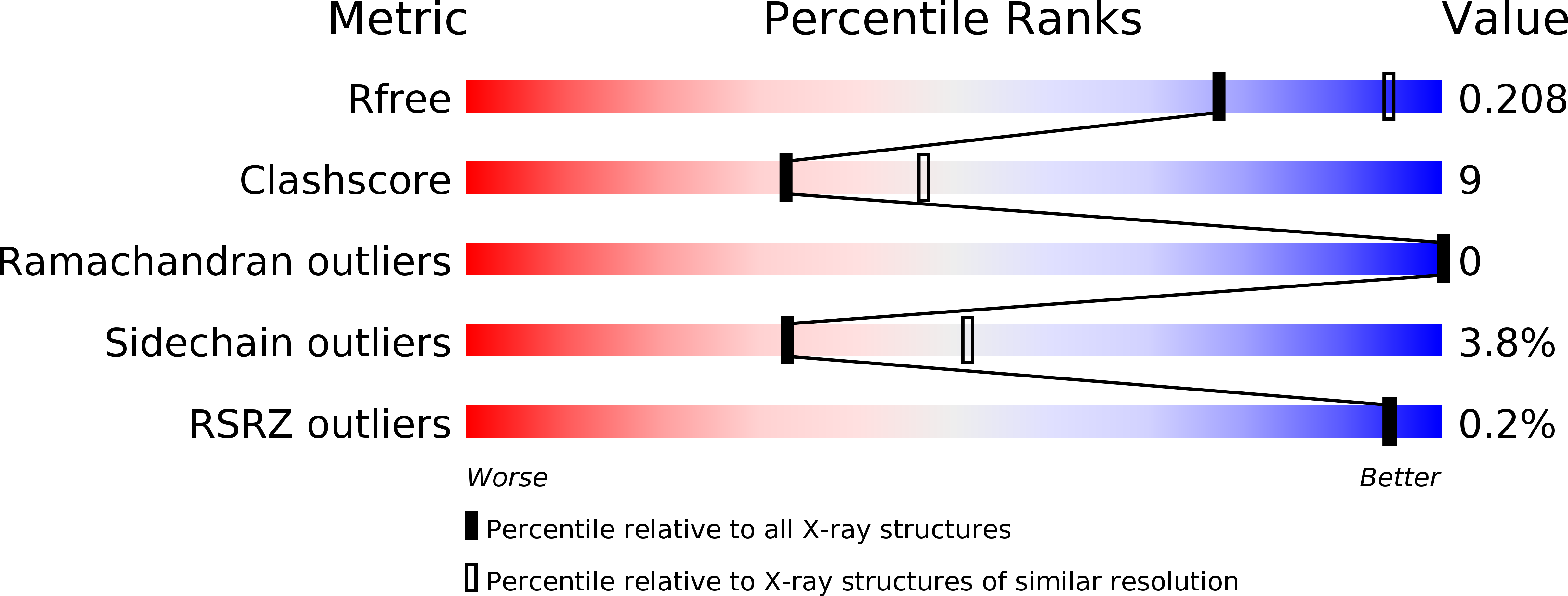
Deposition Date
2010-05-18
Release Date
2011-02-23
Last Version Date
2024-11-20
Entry Detail
PDB ID:
3AIW
Keywords:
Title:
Crystal structure of beta-glucosidase in rye complexed with 2-deoxy-2-fluoroglucoside and dinitrophenol
Biological Source:
Source Organism:
Secale cereale (Taxon ID: 4550)
Host Organism:
Method Details:
Experimental Method:
Resolution:
2.40 Å
R-Value Free:
0.21
R-Value Work:
0.18
R-Value Observed:
0.18
Space Group:
P 41 3 2


